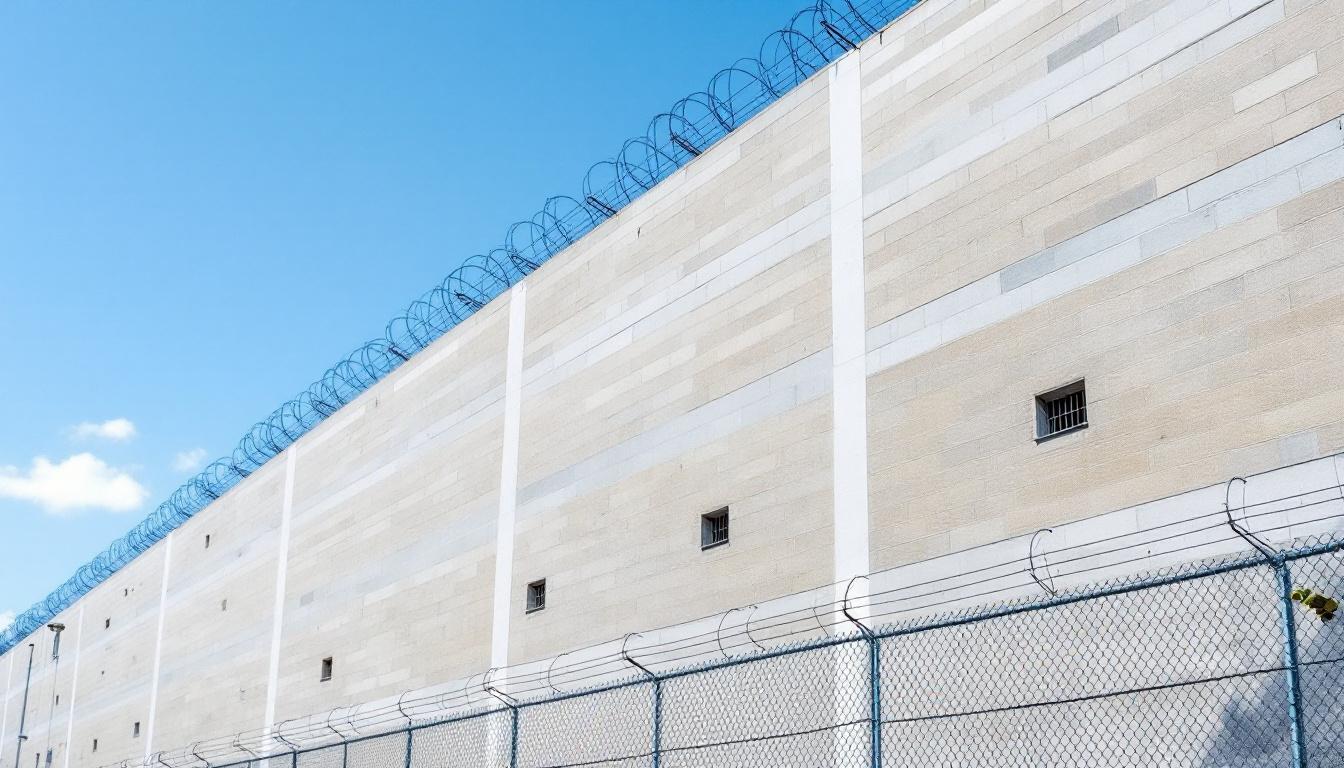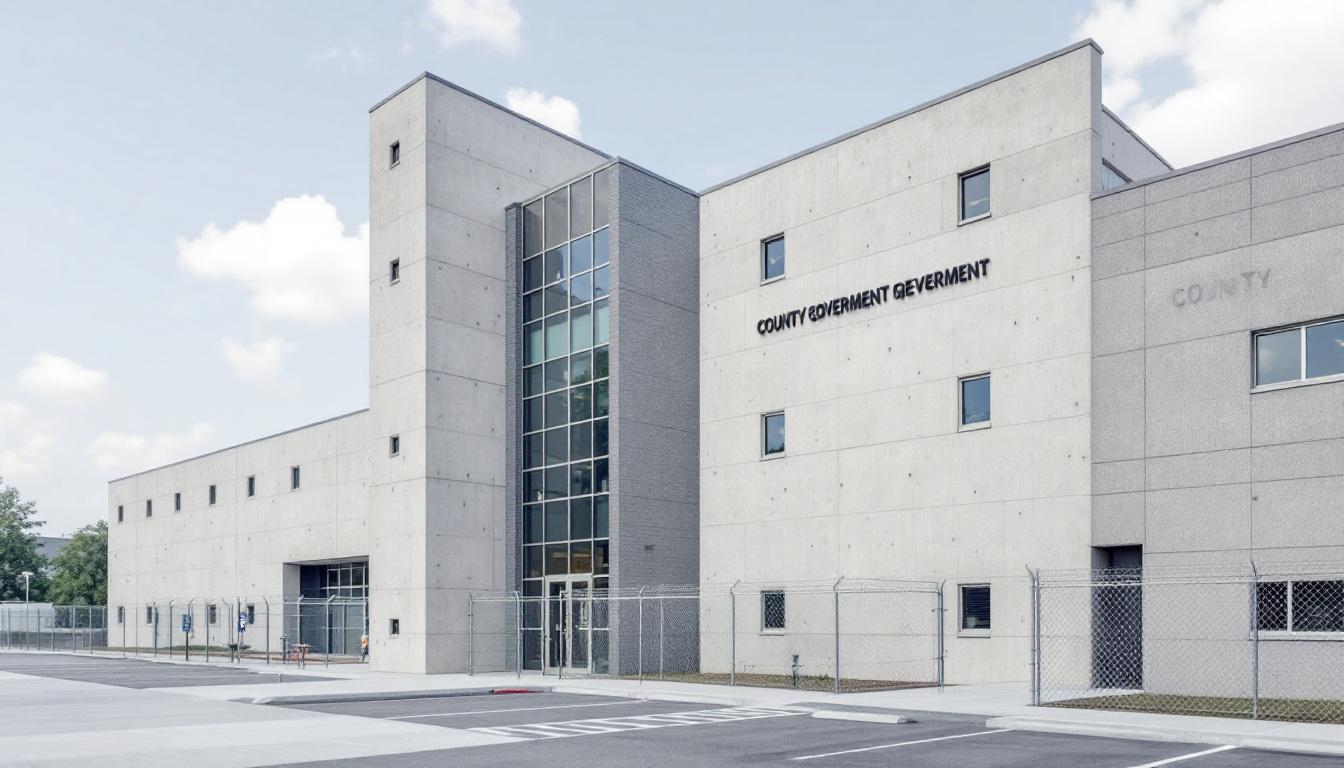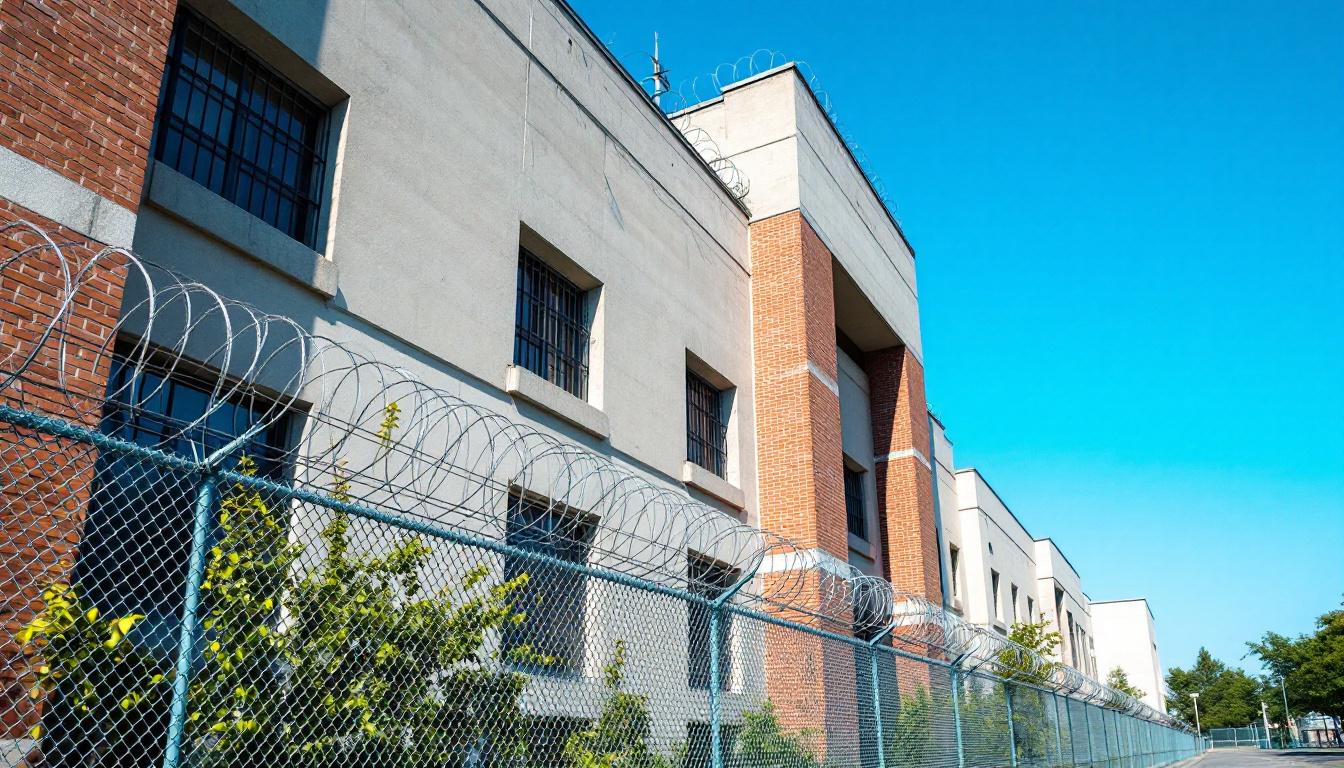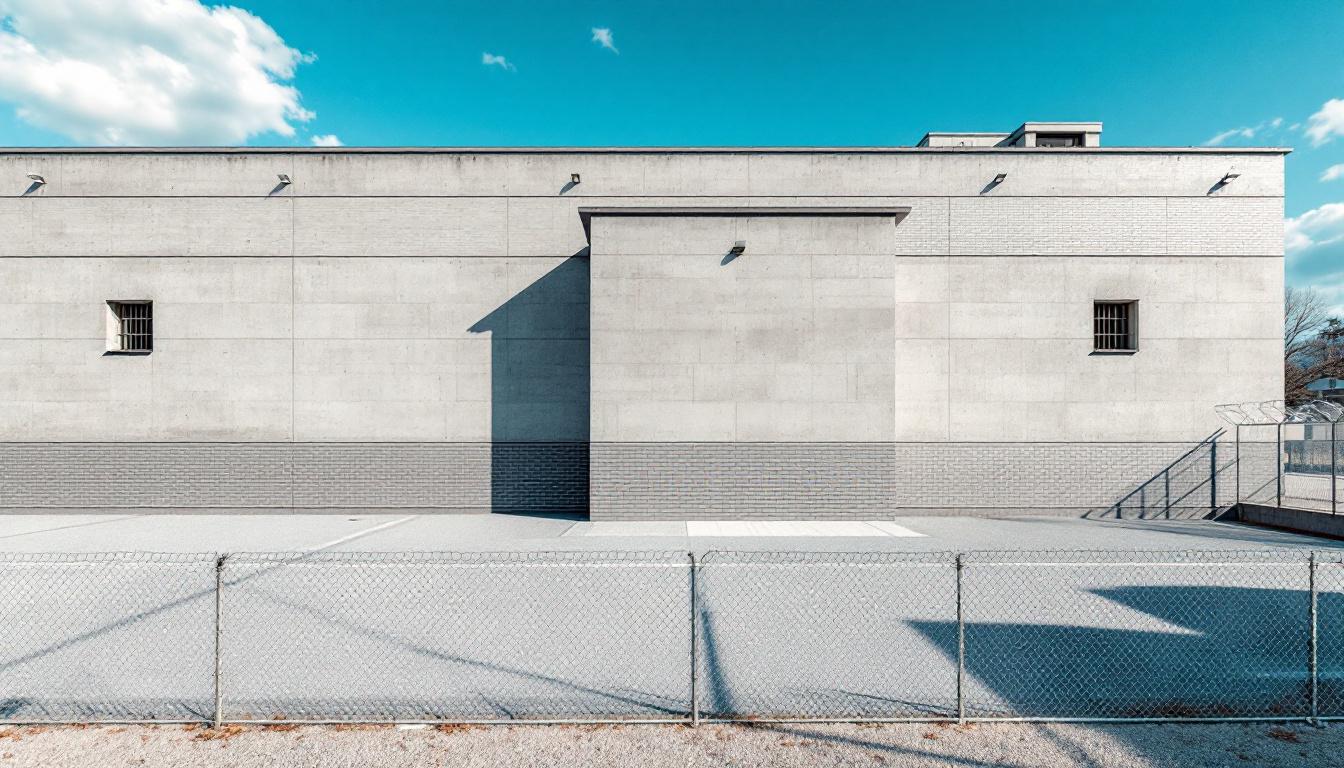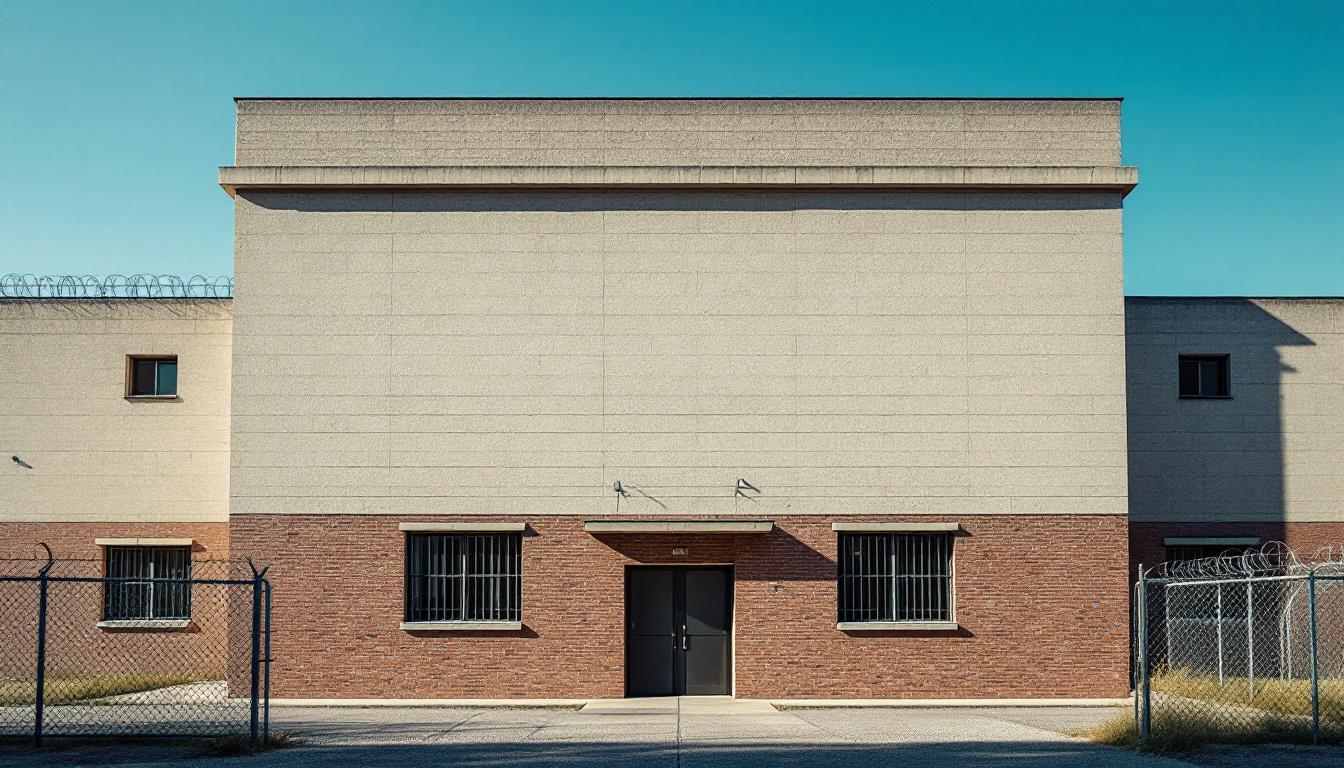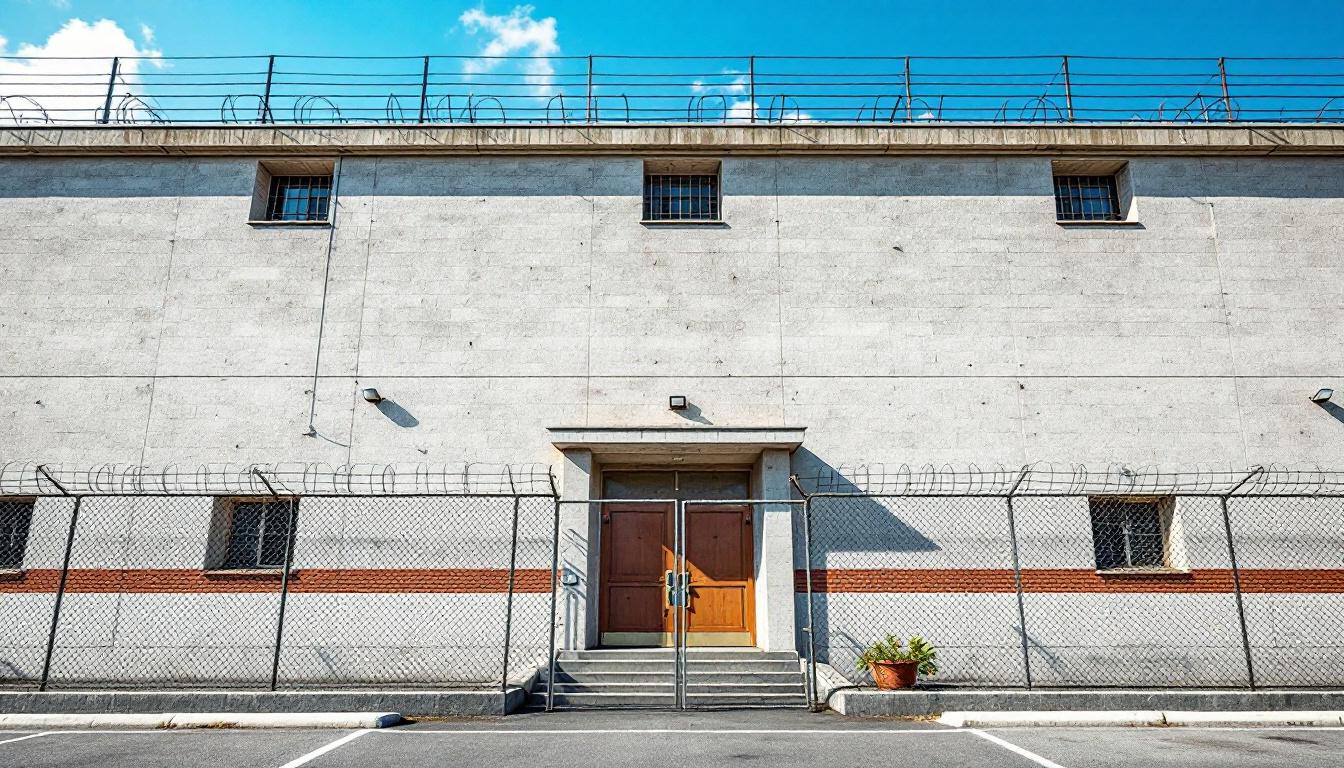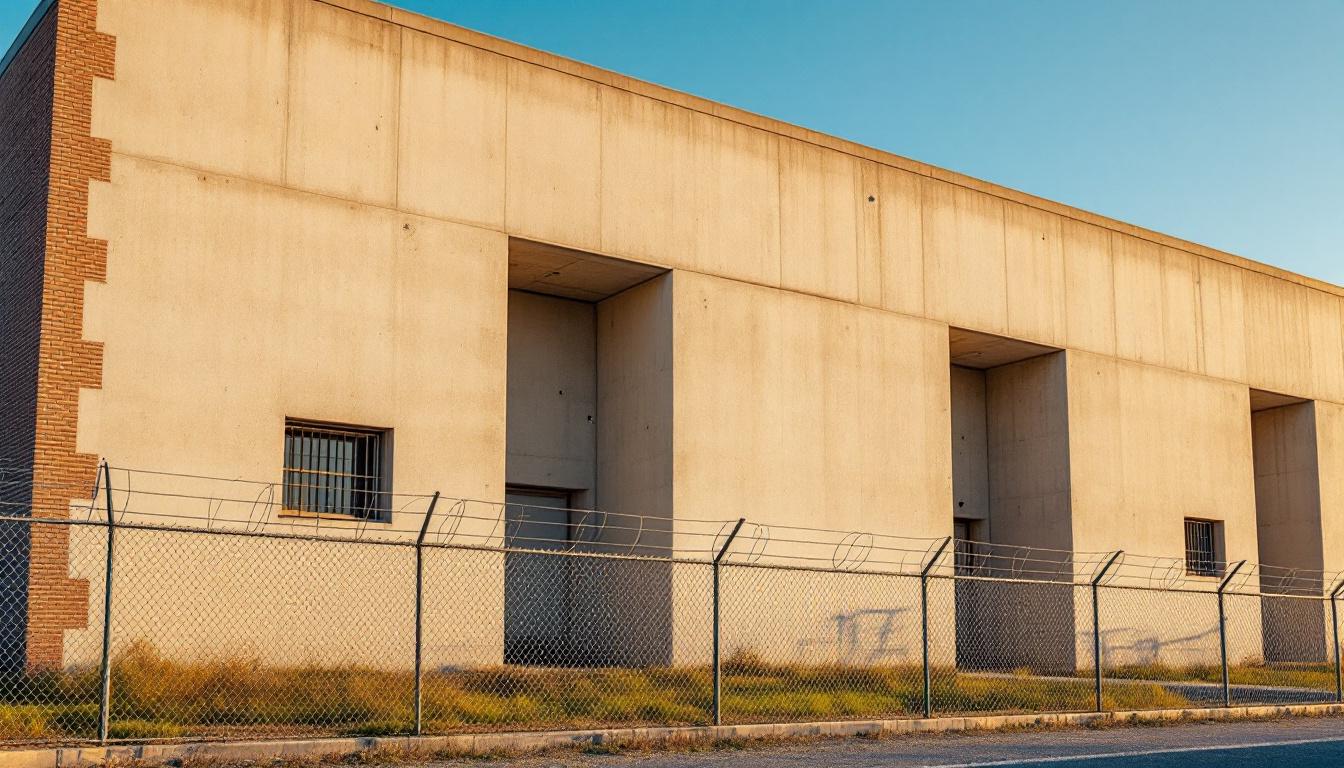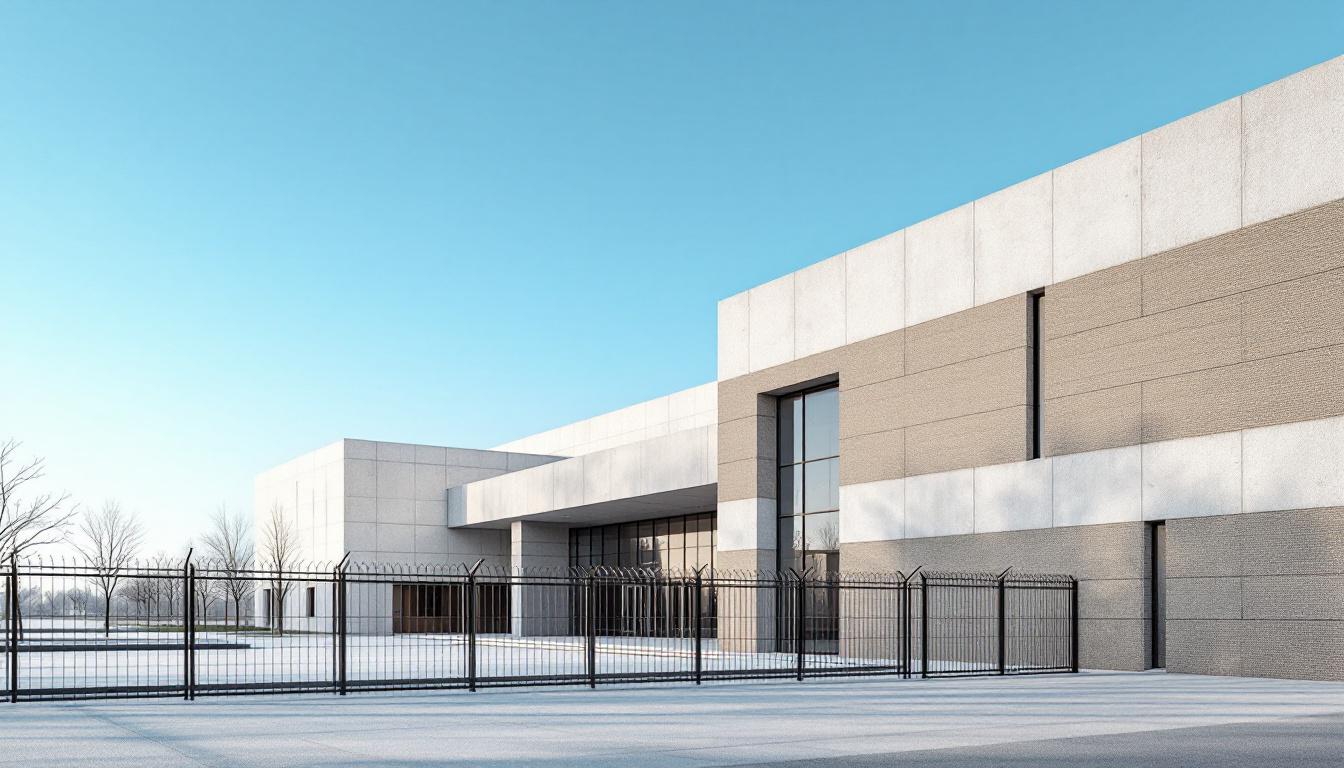
Quick Navigation
How to contact an inmate at TDCJ-ID Boyd Unit
This comprehensive guide will walk you through how to connect with an inmate at TDCJ-ID Boyd Unit. Follow the steps below to find an inmate and send letters and photos:
- Search for the inmate using our search tool below
- Create your account or log in to Penmate
- Write your message (up to 6,000 characters)
- Send instantly - inmates receive printed copies daily
Find an Inmate
Search for an inmate to start communicating today
Tip: You can search by first name, last name, or inmate ID number
To contact a person at TDCJ-ID Boyd Unit start by searching for the person on the official facility website. Perform a search by following these steps:
- Step 1: Enter their first name and last name into the search form and click "Search"
- Step 2: Locate their inmate record
- Step 3: Write down their Inmate ID and any housing information provided
Important! Be sure to enter the person's full name. Nicknames should not be used.
How to Send Messages to Inmates

You can use your phone or computer to send emails, letters, and photos to an inmate. Messages are sent electronically to inmate tablets or kiosks at the facility. If you would like to send a message, start by searching for an inmate at TDCJ-ID Boyd Unit.
Sending Photos and Postcards

A great way to send love and support to a loved one at TDCJ-ID Boyd Unit is to send photos and postcards. It only takes a few minutes to send photos from your phone and it makes a huge difference. You can also mail postcards with words of support and inspiration, or design your own postcard for special moments like birthdays and holidays.
Important! Be sure not to send any explicit photos or they may not be approved by the facility. You can also use a photo printing app like Penmate to make sure your photos are printed at the correct size (4x6 or 3x5) and are mailed according to the rules and regulations of TDCJ-ID Boyd Unit.
Frequently asked questions about TDCJ-ID Boyd Unit
-
How long does it take to deliver a message?
If you're sending an email message your letter is usually delivered within 24-48 hours. For messages sent via mail you should expect delivery within 3-7 days. All messages will need be approved by TDCJ-ID Boyd Unit.
-
How much does it cost to send a message to TDCJ-ID Boyd Unit?
You can send a message free using your phone or mail a message via USPS for the price of a $0.60 stamp and envelope. You can also purchase credits or e-stamps from services starting at $1.99.
-
What services can I use to contact an inmate at TDCJ-ID Boyd Unit?
Penmate
You can use Penmate to send letters and photos to an inmate from your phone. It's an easy way to stay in touch during your loved one's incarceration. Use the inmate locator to find an inmate's location and contact information, then you can send messages within a few minutes.
Securus messaging
Securus may be another option for communicating with an inmate at TDCJ-ID Boyd Unit. You can create a friends and family account and purchase credits to send messages. All messages will be reviewed and must be approved by the facility.
JPay
Some county jails and state prisons may support sending messages with JPay. You must register an account with the system, find your loved one, and purchase stamps to send messages. For some locations you can also attach photos.
Smart Jail Mail
You may also check if Smart Jail Mail is available at TDCJ-ID Boyd Unit. Smart Jail Mail is operated by Smart Communications and has contracted with some state and county jails. After purchasing credits, your messages and photos are sent to the facility, printed out, and then handed out to your loved one.
-
What is the mailing address of TDCJ-ID Boyd Unit?
Mailing address:
TDCJ-ID Boyd Unit
200 Spur 113
Teague, TX 75860
Phone: (254) 739-5555Business hours:
- Monday: 8:00 AM – 5:00 PM
- Tuesday: 8:00 AM – 5:00 PM
- Wednesday: 8:00 AM – 5:00 PM
- Thursday: 8:00 AM – 5:00 PM
- Friday: 8:00 AM – 5:00 PM
- Saturday: 8:00 AM – 5:00 PM
- Sunday: 8:00 AM – 5:00 PM
-
What are the visiting hours at TDCJ-ID Boyd Unit?
Visiting hours at TDCJ-ID Boyd Unit vary by housing unit and security level. Generally, visits are scheduled on weekends and holidays, with some facilities offering weekday visits. Contact the facility directly at (254) 739-5555 or check their website for the current visiting schedule. Visits typically last 30-60 minutes and must be scheduled in advance.
-
What items are prohibited when sending mail to TDCJ-ID Boyd Unit?
Prohibited items typically include: cash, personal checks, stamps, stickers, glitter, glue, tape, staples, paperclips, polaroid photos, musical or blank greeting cards, hardcover books, magazines with staples, and any items containing metal or electronics. Only send letters on plain white paper with blue or black ink. Photos must be printed on regular photo paper (no Polaroids). Always check with TDCJ-ID Boyd Unit for their specific mail policies.
-
How do I send money to an inmate at TDCJ-ID Boyd Unit?
You can send money to an inmate at TDCJ-ID Boyd Unit through several methods: 1) Online using JPay, Access Corrections, or the facility's approved vendor, 2) Money orders mailed directly to the facility with the inmate's name and ID number, 3) Kiosks located in the facility lobby, or 4) Over the phone using a credit or debit card. Fees vary by method, typically ranging from $2.95 to $11.95 per transaction.
-
Can I schedule a video visit with an inmate at TDCJ-ID Boyd Unit?
Many facilities now offer video visitation as an alternative to in-person visits. At TDCJ-ID Boyd Unit, video visits may be available through services like Penmate, Securus Video Connect, GTL, or ICSolutions. Video visits typically cost $10-20 for 20-30 minutes and must be scheduled in advance. You'll need a computer or smartphone with a camera and reliable internet connection. Contact the facility for their specific video visitation policies and approved vendors.
-
What identification do I need to visit an inmate at TDCJ-ID Boyd Unit?
All visitors must present valid government-issued photo identification such as a driver's license, state ID, passport, or military ID. Minors must be accompanied by a parent or legal guardian who can provide the minor's birth certificate. Some facilities require visitors to be on the inmate's approved visitation list, which may require a background check. Contact TDCJ-ID Boyd Unit for specific ID requirements and visitor approval procedures.
-
How can I find out an inmate's release date?
To find an inmate's release date at TDCJ-ID Boyd Unit, you can: 1) Use the online inmate search tool if available, 2) Call the facility's records department, 3) Contact the inmate's case manager or counselor, or 4) Have the inmate provide this information during a call or visit. For privacy reasons, some facilities only release this information to immediate family members.
Facility Overview
Official Website

About TDCJ-ID Boyd Unit
Within the expansive Dallas metropolitan area, Boyd Unit, TX operates as a significant component of the state's comprehensive correctional network, serving the broader regional corrections infrastructure across Texas. This TX correctional facility maintains its role in supporting the systematic approach to incarceration and rehabilitation that characterizes the state's corrections framework, typically offering residents services designed to address various aspects of reintegration and personal development. The facility's position within Dallas provides access to urban resources while maintaining the structured environment necessary for effective correctional operations.
The outcomes-focused approach at Boyd Unit generally emphasizes educational programming and skill development opportunities that may include vocational training, literacy enhancement, and behavioral intervention programs. Residents services typically encompass healthcare provisions, mental health support, and structured daily routines designed to promote positive behavioral changes and prepare individuals for eventual community reintegration. These programs often align with state-wide correctional standards and may incorporate evidence-based practices commonly utilized throughout Texas correctional facilities.
As part of the regional corrections network serving the Dallas area and surrounding communities, the facility typically coordinates with various state agencies and community organizations to facilitate transition planning and post-release support services. The correctional facility generally maintains operational protocols consistent with Texas Department of Criminal Justice standards, while adapting to the specific needs of its resident population and the resources available within the Dallas metropolitan region.
Programs & Services
Rehabilitation through structured learning and skill development forms the foundation of Boyd Unit's comprehensive approach to resident transformation. The facility typically emphasizes evidence-based initiatives that address both immediate needs and long-term reintegration goals. Residents often participate in multiple concurrent initiatives designed to build practical skills while fostering personal growth and accountability.
Educational and vocational initiatives may deliver essential workforce preparation through hands-on training opportunities. Vocational training programs often include instruction in trades that align with regional employment demands, allowing residents to develop marketable skills during their incarceration. These initiatives typically combine classroom instruction with practical application, helping participants build both technical competency and work habits that support successful community reentry.
Moreover, comprehensive support services address the broader challenges residents face during incarceration and preparation for release. Work programs may provide structured employment opportunities within the facility while building responsibility and routine. Faith-based initiatives often deliver spiritual guidance and community support for those seeking religious involvement in their rehabilitation journey. Work release programs typically allow eligible residents to maintain employment in the community while completing their sentences, and family reunification services may include counseling and structured visitation programs designed to strengthen relationships that support long-term stability upon release.
Daily Life & Visitation
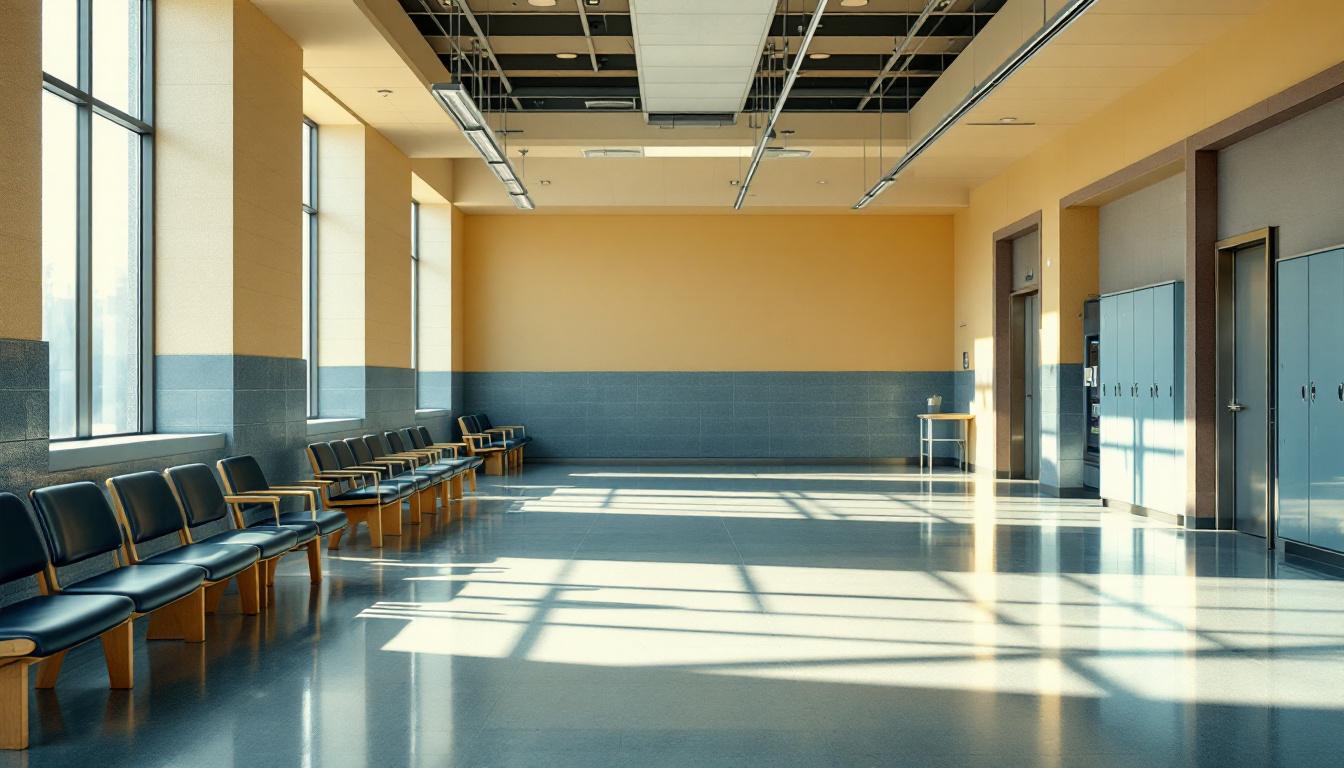
Structured schedules form the backbone of institutional life, where each day unfolds according to carefully planned routines that residents actively follow. At present, the facility operates on a system where wake-up calls, meal times, work assignments, and evening activities deliver predictable patterns that help residents adapt to their environment. Count times occur regularly throughout the day, typically including morning, afternoon, and evening counts that ensure accountability while maintaining security protocols.
Housing arrangements generally consist of dormitory-style living units or individual cells, depending on classification levels and available space. Residents typically share common areas within their housing units, where they may watch television, play games, or engage in conversation during designated free time periods. Personal property allowances usually include basic clothing items, hygiene products, and limited personal effects that can be stored in designated areas. The commissary system generally operates on a scheduled basis, allowing residents to purchase approved items such as snacks, hygiene products, and writing materials using funds from their institutional accounts.
Moreover, structured programming schedules often include educational opportunities, vocational training, and recreational activities that help residents develop skills and maintain physical fitness. Work assignments may involve kitchen duties, maintenance tasks, laundry services, or other facility operations that provide structure while teaching responsibility. Whereas daily routines remain consistent, visitation policies typically allow approved family members and friends to visit during designated hours and days. Communication options usually include monitored phone calls and written correspondence, helping residents maintain important connections with their support systems outside the facility. These various elements work together to create an environment where routine and structure provide stability during residents' time at the facility.
Ready to Connect?
Start communicating with your loved one today
Search for an Inmate
